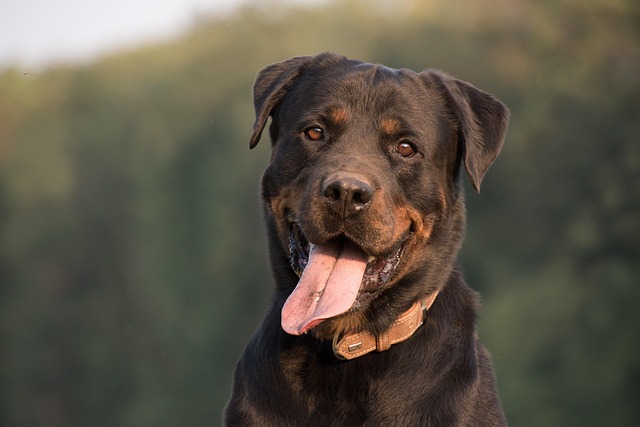
What is glaucoma in a dog?
You might notice your dog squinting more at mealtime or avoiding bright sunlight—these small changes could be early signs of a serious eye condition.
Rottweilers are known for their strength and loyalty, but anyone who’s loved one knows hip dysplasia can cast a shadow over those bright personalities. This condition, where the hip joint doesn’t form properly, isn’t just painful—it can limit their ability to run, play, and enjoy life. The good news? With some thoughtful care, you can significantly lower their risk.
Start with where it all begins: genetics. When bringing a Rottweiler puppy home, always ask breeders for proof of health clearances for both parents. Reputable breeders will have records showing their dogs passed hip evaluations, a step that aligns with guidelines many regions enforce to protect animal welfare. Skipping this check isn’t just risky for your pup—it can mean supporting practices that don’t prioritize long-term health, something local regulations often aim to prevent.
What you put in their bowl matters more than you might think. Overfeeding, even with premium food, can pack on extra weight that strains developing hips, especially during the first year. Aim for measured meals tailored to their age and activity level—vets often recommend formulas designed for large breeds, which balance nutrients to support slow, steady growth. It’s a simple habit, but one that keeps their joints from bearing more than they should.
 Movement is key, but not all exercise is equal. Puppies love to zoom, but jumping off furniture or roughhousing on hard surfaces can jolt their hips. Instead, stick to gentle walks and supervised play in grassy areas. As they mature, swimming becomes a great option—it builds muscle without stressing joints. Just remember, every dog is different; watch for signs of tiredness, and adjust as needed.
Movement is key, but not all exercise is equal. Puppies love to zoom, but jumping off furniture or roughhousing on hard surfaces can jolt their hips. Instead, stick to gentle walks and supervised play in grassy areas. As they mature, swimming becomes a great option—it builds muscle without stressing joints. Just remember, every dog is different; watch for signs of tiredness, and adjust as needed.
Creating a joint-friendly space at home helps too. Hardwood or tile floors can make slipping too easy, so adding rugs or orthopedic beds gives their hips stable support when they rest. Regular vet check-ups, especially in their first two years, let professionals catch early signs of trouble—like subtle changes in gait—before they worsen. Many areas require routine wellness exams, and this is one reason why: catching issues early makes prevention far more effective.
Caring for a Rottweiler means staying attuned to their bodies, from puppyhood through their senior years. Hip dysplasia in Rottweilers doesn’t have to be inevitable. With smart choices in breeding, food, exercise, and care, you’re not just preventing pain—you’re giving them the chance to thrive, tail wagging, for years to come.

You might notice your dog squinting more at mealtime or avoiding bright sunlight—these small changes could be early signs of a serious eye condition.

Let’s set the scene: It’s a sweltering Phoenix afternoon—105°F outside—and you rushed your 2-year-old Lab mix, Cooper, on a quick walk to “get it over with.”

Let’s get real: You’re in your Miami apartment, watching your 3-year-old Corgi, Loki, struggle to climb the stairs to your second-floor unit.

Many dog owners brush off occasional scratching as just “dog behavior,” but persistent itching often signals something more—like a food allergy.

You might first notice your dog scratching more than usual—chewing at their paws until the fur looks thin, or rubbing their face against the couch nonstop.

Let’s be real: You’re standing in your Chicago apartment, watching your 3-year-old Beagle, Max, huff and puff just to climb onto the couch.